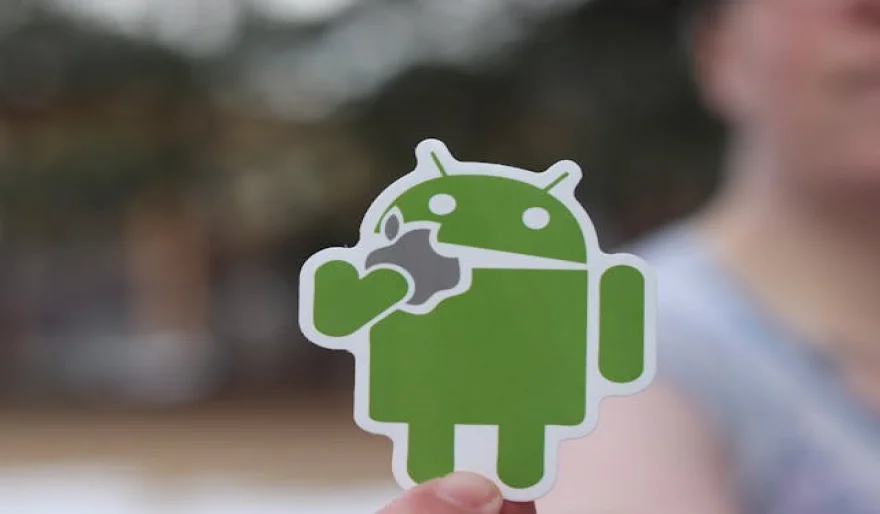Brief history of Android
4 min read A summary of the stages of the Android operating system since its birth. March 01, 2024 19:35 The history of the Android operating system dates back to 2003, when Andy Rubin, Rich Miner, Nick Sears, and Chris White founded Android Inc. The company's initial goal was to develop an operating system for digital cameras, but they soon shifted their focus to mobile devices.
The history of the Android operating system dates back to 2003, when Andy Rubin, Rich Miner, Nick Sears, and Chris White founded Android Inc. The company's initial goal was to develop an operating system for digital cameras, but they soon shifted their focus to mobile devices.In 2005, Google acquired Android Inc. and announced the development of the Android operating system. The first public version of Android, known as Android 1.0, was released in September 2008. It was designed for touchscreen devices and featured a virtual keyboard, web browser, and support for third-party apps.
In 2009, the first Android smartphone, the HTC Dream (also known as the T-Mobile G1), was released. It ran on Android 1.0 and was the first device to feature the now-iconic Android logo.
Over the next few years, Google continued to release new versions of Android, each with new features and improvements. Android 2.0, released in 2009, introduced support for multiple accounts and improved the virtual keyboard. Android 2.2, released in 2010, introduced support for Adobe Flash and improved performance.
In 2010, Google also released the Nexus One, the first smartphone to be sold directly by Google. It ran on the latest version of Android at the time, Android 2.1.
In 2011, Google released Android 3.0, also known as Honeycomb, which was specifically designed for tablets. It featured a new user interface and support for larger screens.
In 2012, Google released Android 4.0, also known as Ice Cream Sandwich, which merged the tablet and smartphone versions of Android into one unified operating system. It also introduced features such as face unlock and improved multitasking.
In 2013, Google released Android 4.4, also known as KitKat, which focused on improving performance and battery life. It also introduced a new design language called Material Design.
In 2014, Google released Android 5.0, also known as Lollipop, which introduced a new design language and improved notifications. It also introduced support for 64-bit processors.
In 2015, Google released Android 6.0, also known as Marshmallow, which introduced features such as Google Now on Tap and improved app permissions.
In 2016, Google released Android 7.0, also known as Nougat, which introduced features such as split-screen multitasking and improved battery life.
In 2017, Google released Android 8.0, also known as Oreo, which introduced features such as picture-in-picture mode and improved notifications.
In 2018, Google released Android 9.0, also known as Pie, which introduced features such as gesture navigation and digital wellbeing tools.
In 2019, Google released Android 10, which introduced features such as a system-wide dark mode and improved privacy controls.
In 2020, Google released Android 11, which introduced features such as chat bubbles and improved media controls.
Today, Android is the most widely used mobile operating system in the world, powering billions of devices from smartphones to tablets to smartwatches. It continues to evolve and improve with each new version, and its open-source nature allows for a wide range of devices and customization options.
User Comments (0)
No comments added yet.
Comments will not be approved to be posted if they are SPAM, abusive, off-topic, use profanity, contain a personal attack, or promote hate of any kind.
More »










Popular Apps

CarX Highway RacingCarX Technologies, LLC

MessengerText, audio and video calls

ArcadeOKWebSyrup

Space Rocket ExplorationCreate & Explore.

Vikings at WarSEAL.GAMES

ICS IdentificerenGravity B.V.

Cleaner Antivirus VPN CleanerCleaner + Antivirus + VPN company

WorldChatWebSyrup

Secure VPN-Safer InternetSignal Lab

Simple QR CodeWebSyrup





